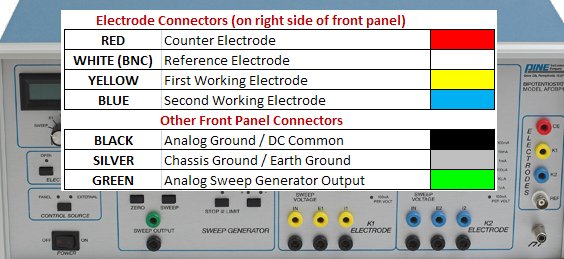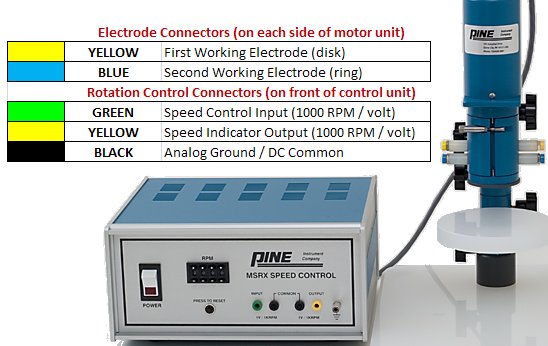Background: Microsoft Windows Information
When you are controlling and acquiring data from a scientific instrument with a personal computer, you often must become aquainted with parts of the Microsoft Windows operation system that the average user never encounters. Troubleshooting the physical/electrical connection between the instrument and your personal computer often requires you to view and modify the hardware configuration on your computer.
In recent years, this process has been made much simpler by the advent of the Universal Serial Bus (USB) ports which are now widely available on most personal computers. Most newer scientific instruments provide a USB port, so that connecting the instrument to the computer is a simple matter of using a standard USB cable. But, many older instruments still require an interface board to be installed inside your computer or make use of the older style RS-232 serial communications port or IEEE 488 parallel port technology.
Regardless of whether your instrument uses USB, RS-232, IEEE, or some other type of interface board, there will be times that you need to view and configure your computer's ports or board configuration. Windows stores information about hardware boards and ports in the system Registry, which is a large database containing all the information about your personal computer. Directly editing the contents of the Registry is generally not a good idea, so Microsoft has provided two different utilities for viewing and changing the hardware configuratin on your computer. These utilities are called the Device Manager and the Control Panel.
The Device Manager
The Device Manager allows you to directly view a long list of the various hardware components connected to your system. This list includes the usual components that you would expect to see, such as the system's disk drives, keyboard, mouse, video, sound and networking components. But, the list also includes any data acquisition boards or ports (USB, RS-232, or IEEE) being used by a scientific instrument connected to your computer.
The Device Manager is the “lowest common denominator” when it comes to viewing the devices installed on your system. It provides you with a low level view of all devices, the resources used by these devices, and the special software components (called device drivers) which interact with each hardware device.
The Control Panel
The Control Panel is a collection of smaller utility programs (sometimes called “applets”) which give you more specific control over various aspects of your computer's configuration and behavior.






